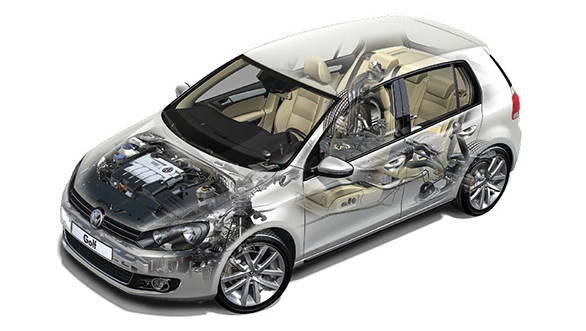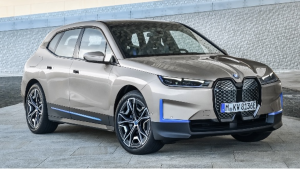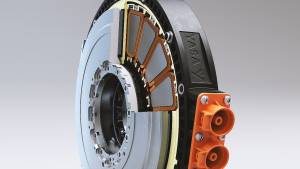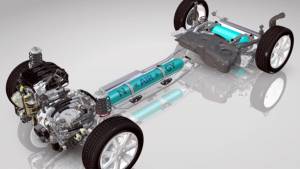Simple Tech: Engine installation explained
The chassis is the skeleton of the car. It provides the structure to which all the other bits are mounted so that they can function as they are designed to. Obviously, there is no one fixed place where the engine, for instance, can be installed. And that is what we will explore this time in Simple Tech. Installations are normally classified by where the engine is in the chassis, sometimes using the front or rear or both axles as a reference. Each kind of installation brings different benefits and issues to the completed automobile. Which is the balance that the manufacturer decides upon at the design stage with the intended role and function of the automobile in mind. At the most simplistic level, for instance, an engine under the front bonnet - a front-engine installation - is easy to produce in terms of cost and logistics and that is why it's the most favoured place to mount the engine in today's cars. The front-wheel drive layout, as an extension also makes the rest of the drivetrain compact and easy to produce and install which is why almost every hatch in the world today uses the front-engine,front-wheel drive configuration.

The placement of the engine, also influences how the motor's weight sits on the wheels of the car - it determines a significant chunk of the weight distribution of the car - and that, in turn, determines what the car will handle like to a great degree. To take an example, a mid-mounted engine - mounted between the two axles but almost never at the centre of the car - allows manufacturers to come close to a 50:50 weight distribution (exactly half the weight of the car sits on the front axle and exactly half on the rear) which is considered the perfect weight distribution for the ultimate handling experience. Even distribution also makes the car stable and its handling predictable, adding to the driver's ability to feel secure and confident as well as to extract maximum handling performance from the car. Obviously, mid-mounted engines tend to intrude into the passenger space - a perfectly mid-mounted engine, would in theory, be mounted between the two front seats, more or less.
At the other extreme, Porsches used to place the engine at the rear, initial 911s had them behind the rear axle. Which is why the original 911s were considered such ferocious cars to go fast in. The extreme engine position would give them the handling characteristics of a pendulum in effect, allowing the car to oversteer (as in the tail would slide) easily and these slides were very hard to control even with skilled hands at the wheel. Today's 911s place the engine much closer to the rear axle or directly over it, allowing the oversteer tendency to be curbed and the cars to handle phenomenally. Again, rear-engine configurations can lead to great space in the cabin and the odd sensation of loading your luggage in the front trunk of the car. Many of the greatest handling sportscars today use mid-rear engine installations where the engine is mid mounted but ahead of the rear axle. And taking a leaf from that book, many cars also use a front-mid-engined installation - the engines sits behind the front axle - allowing some benefits of the mid-configuration, plus a shorter drivertain if rear-wheel drive. Many high performance GTs, like the 599 GTB from Ferrari favour this configuration.
Motorcycles, thanks to how small the physical dimensions are, offer a lot less flexibility. Early motorcycles did some interesting work with engine mountings but today, the engine is usually mounted in all motorcycles just behind the front wheel. Which places the considerable weight close to the centre of gravity of the motorcycle, crucial for its handling.
But we also talk about the actual orientation of the engine in the installation. A longitudinal engine is mounted with its long axis parallel to the length of the chassis while a transverse mounting (very good in maximising cabin space) mounts the long axis of the engine across the chassis, parallel to the axles. Motorcycles tend to favour the transverse layout for space efficiency although most V-Twins and some triples like the Triumph Rocket III still use a longitudinal configuration.
For more Simple Tech stories, click here














